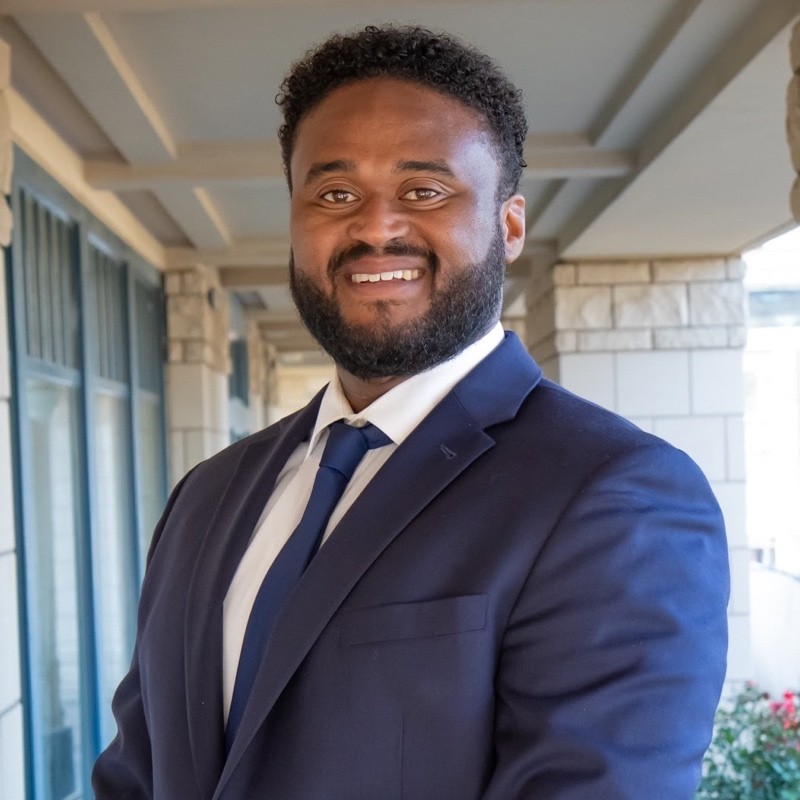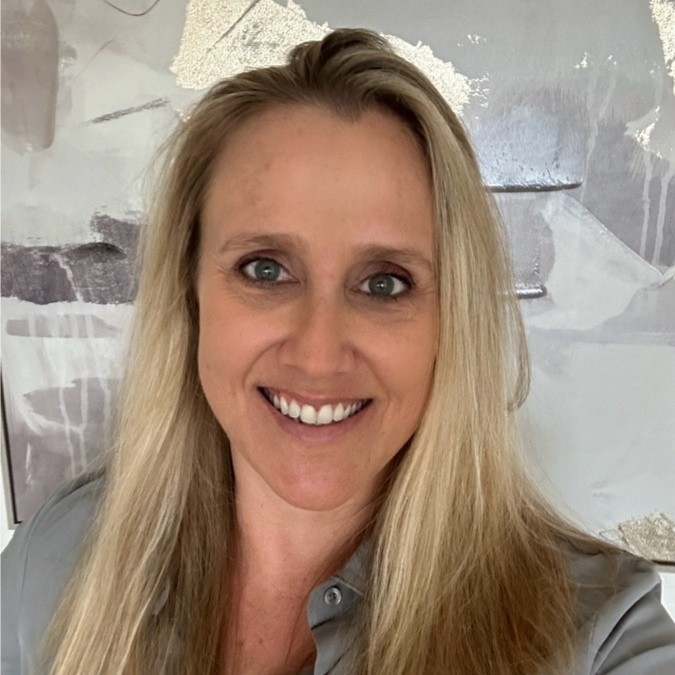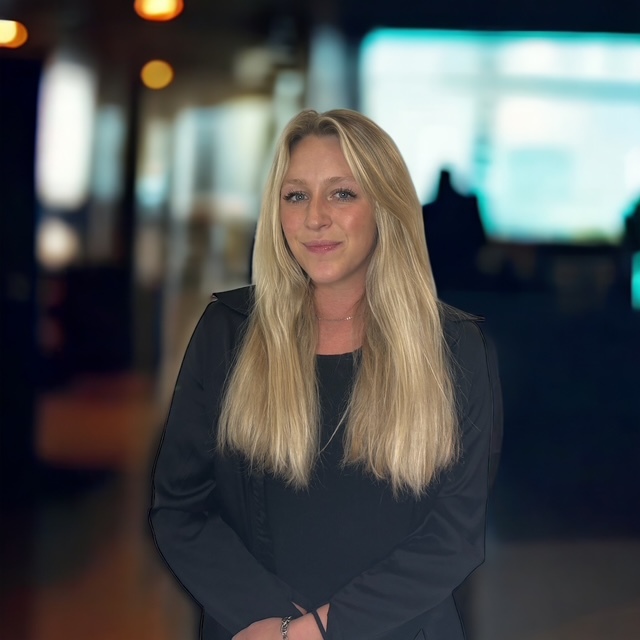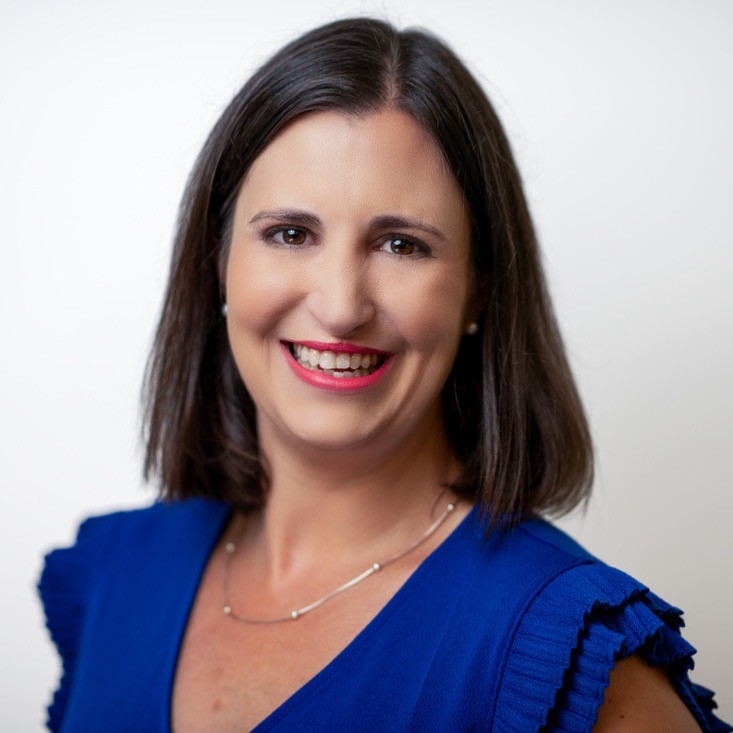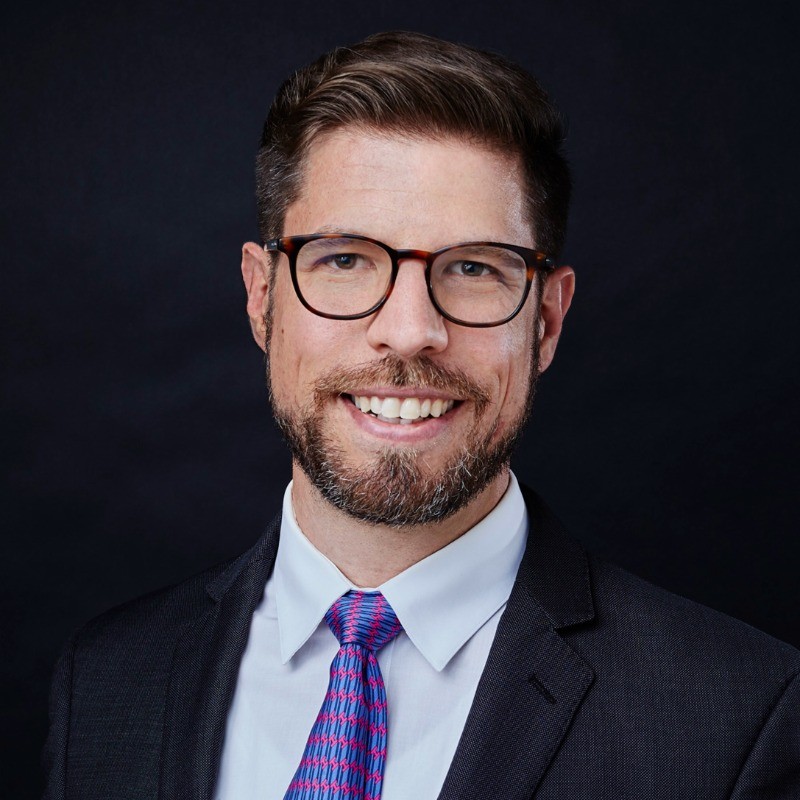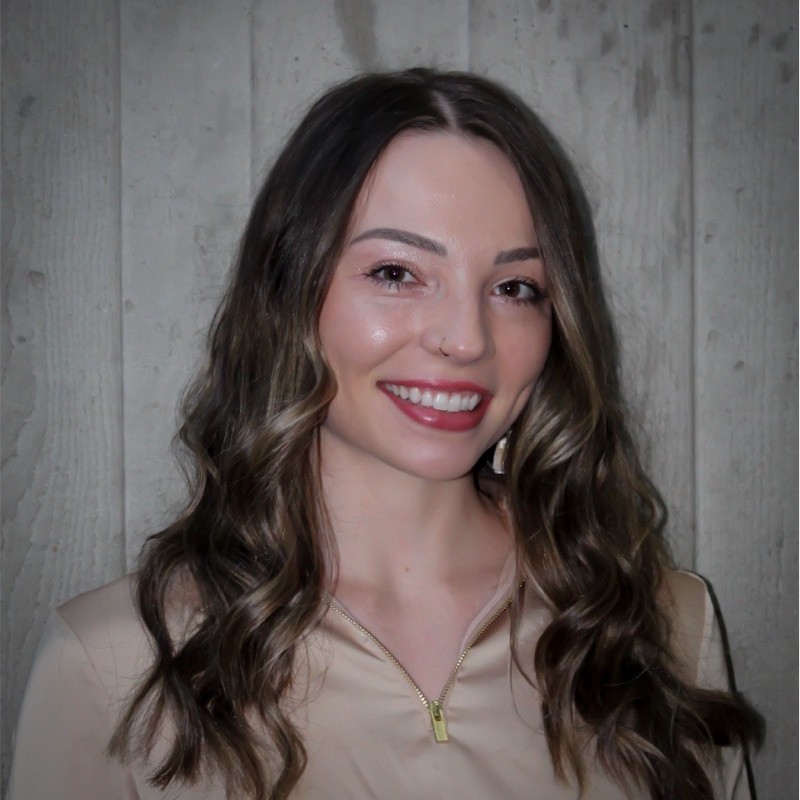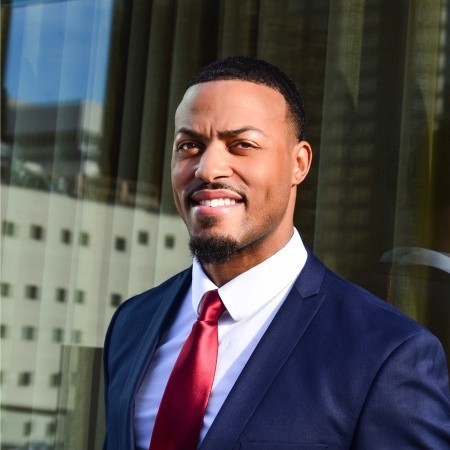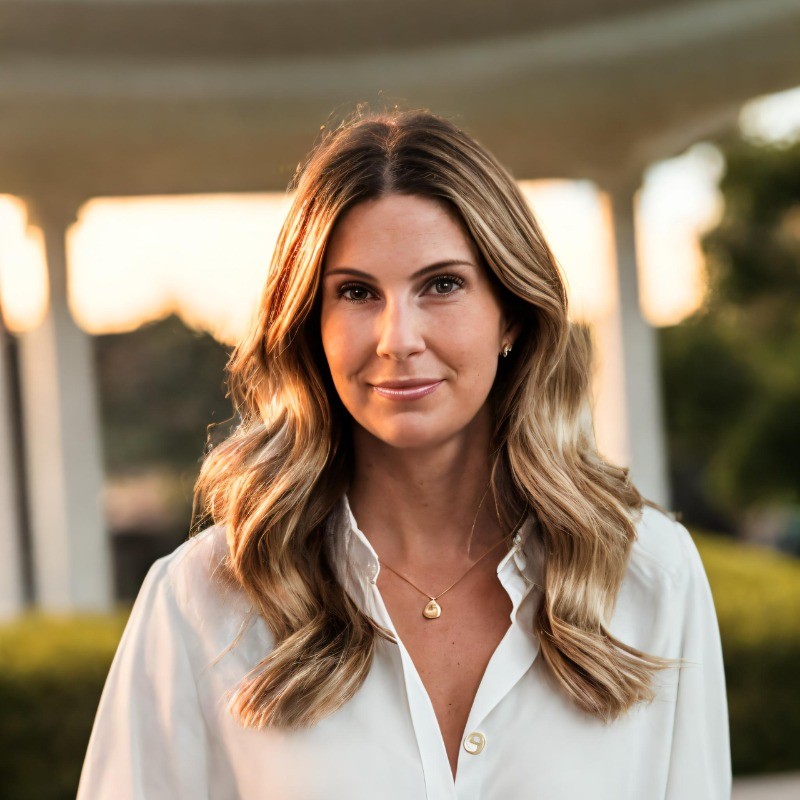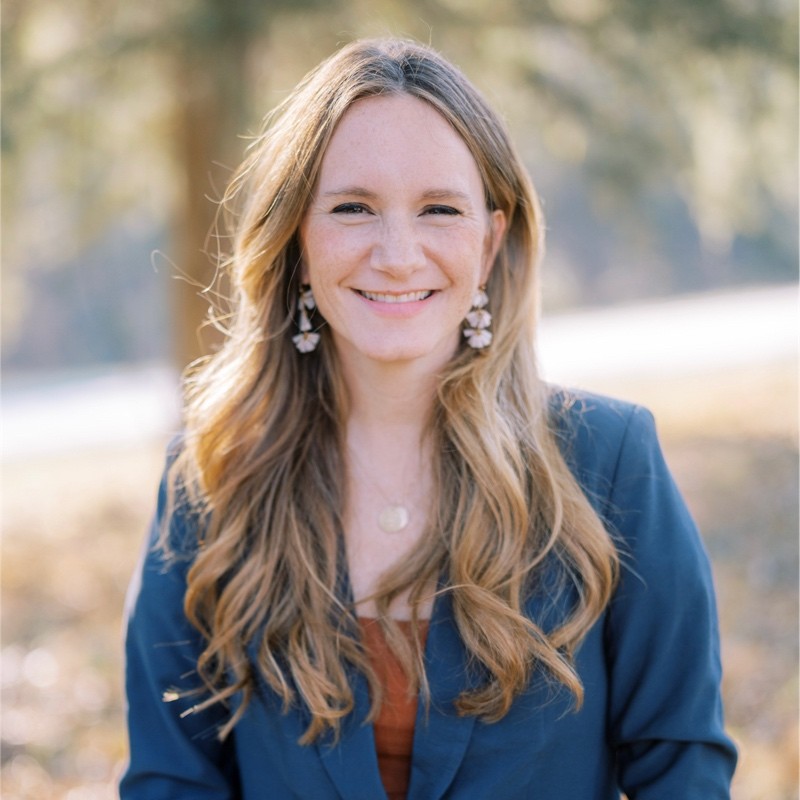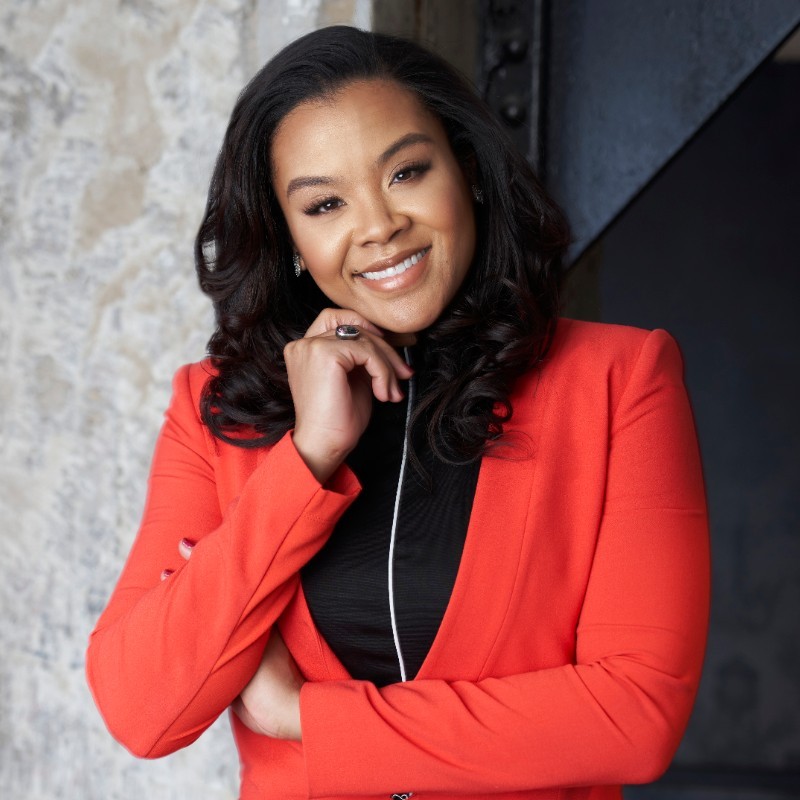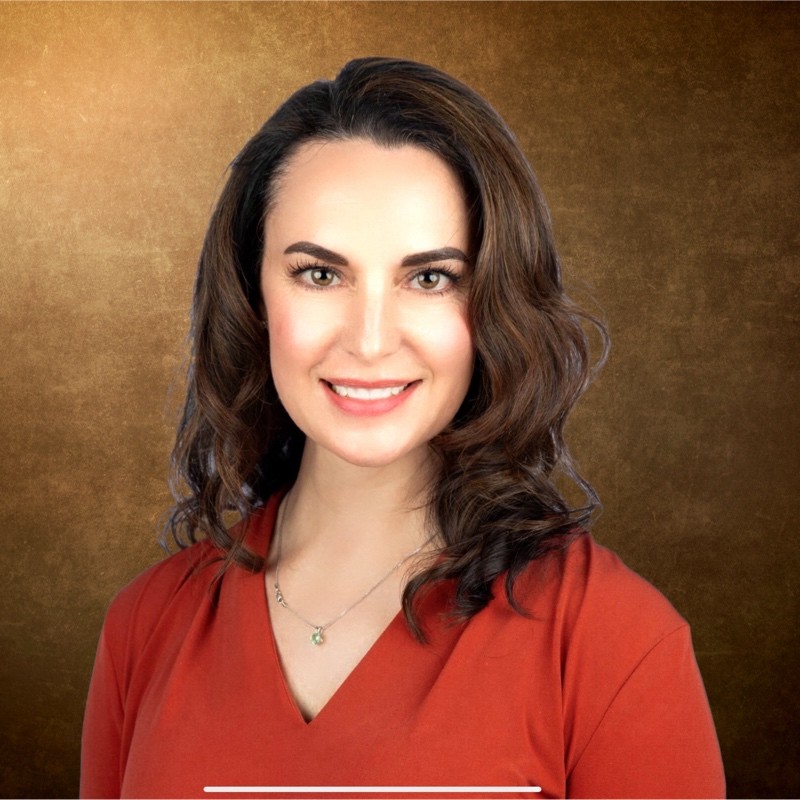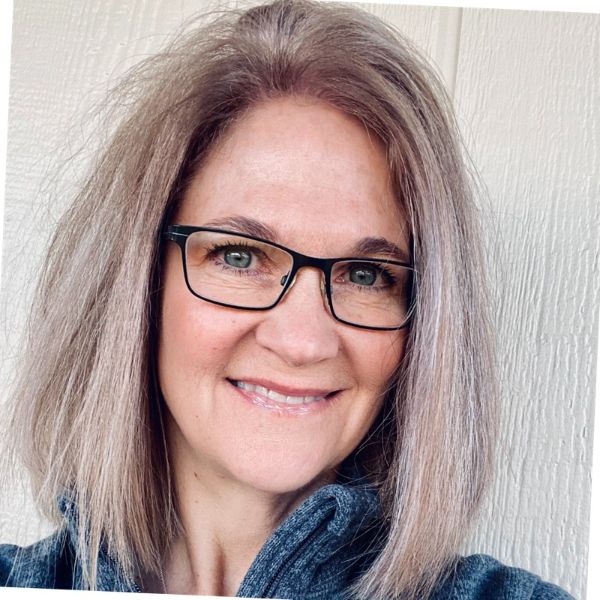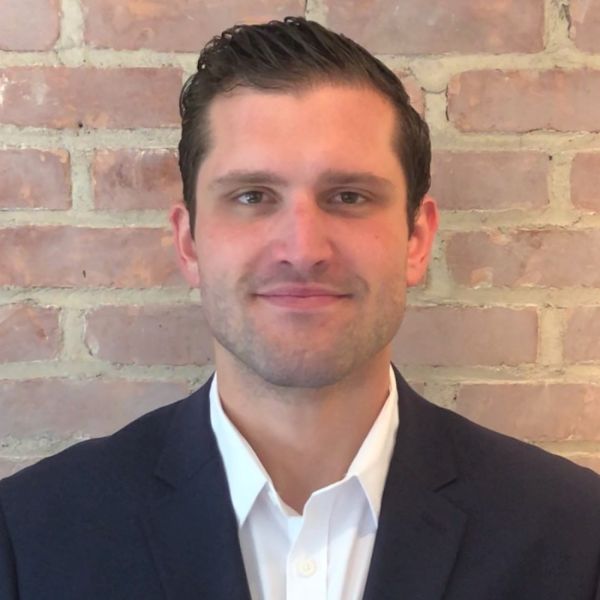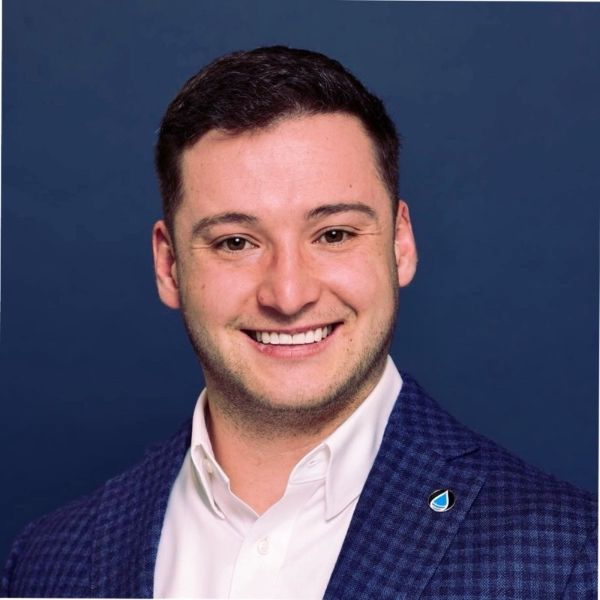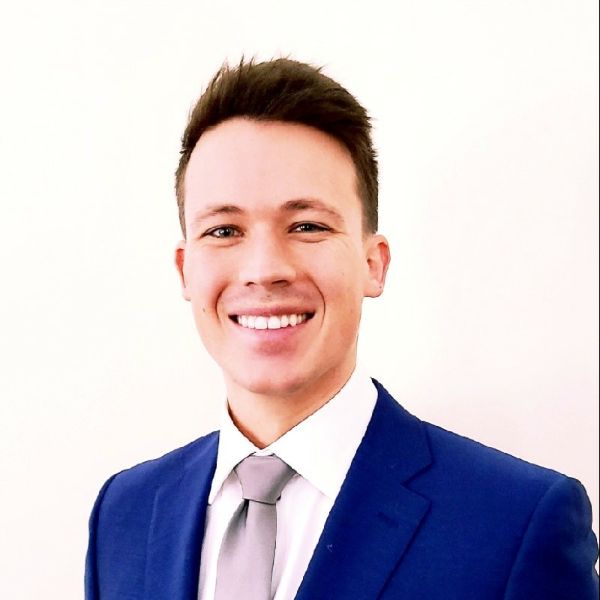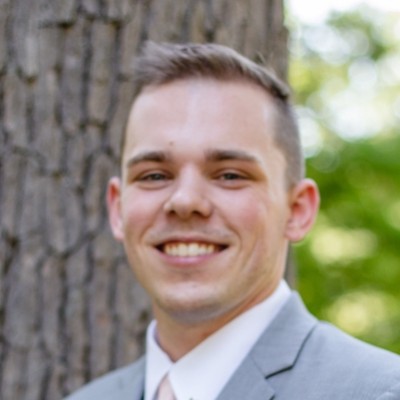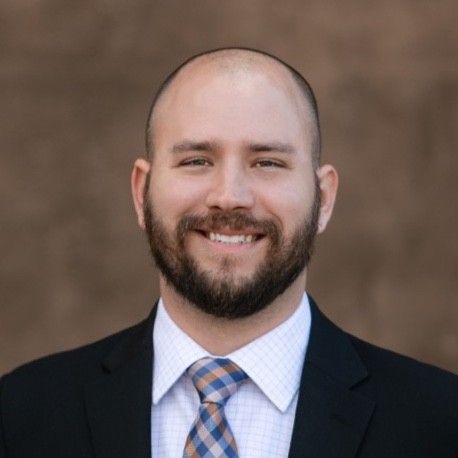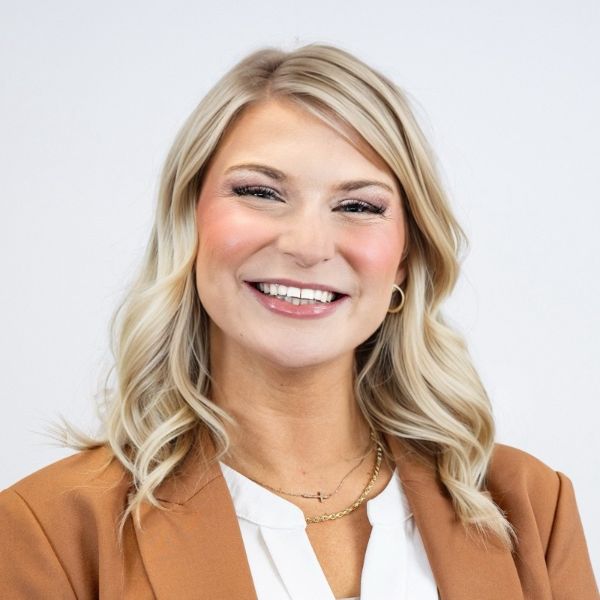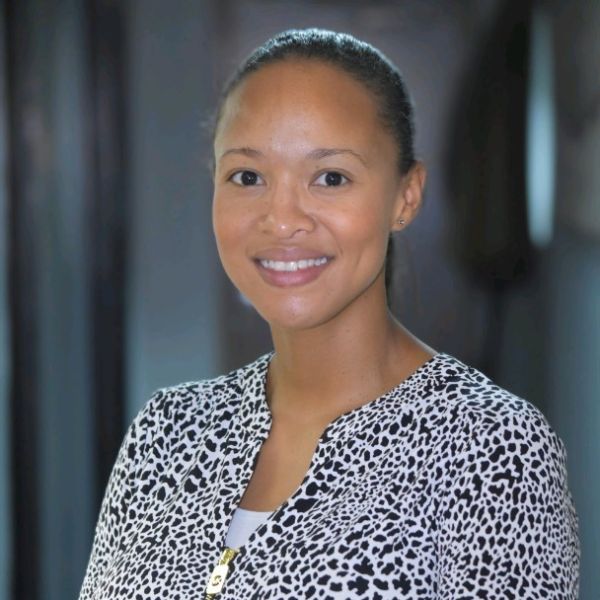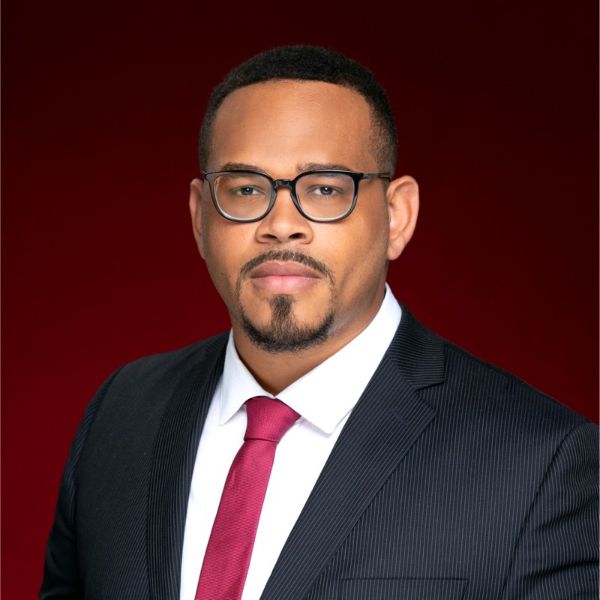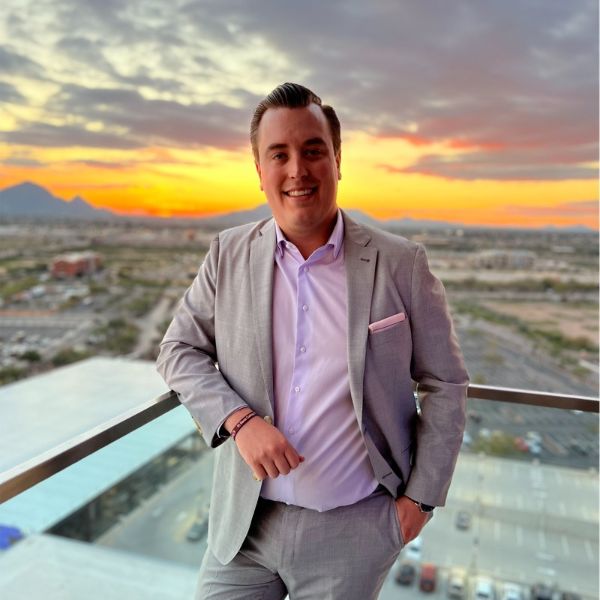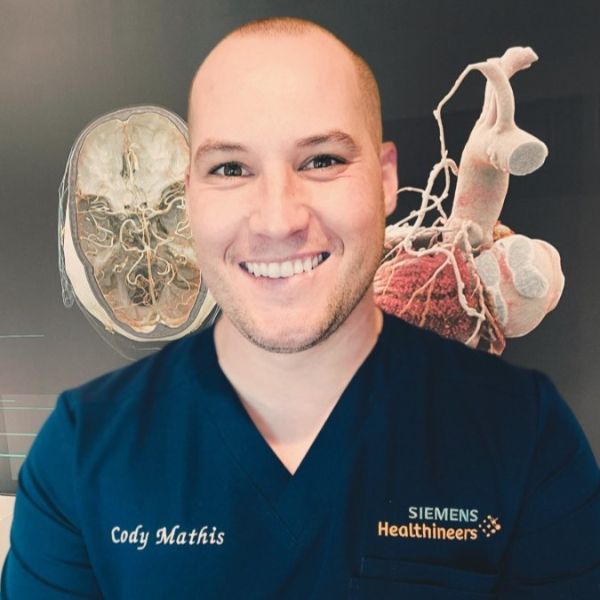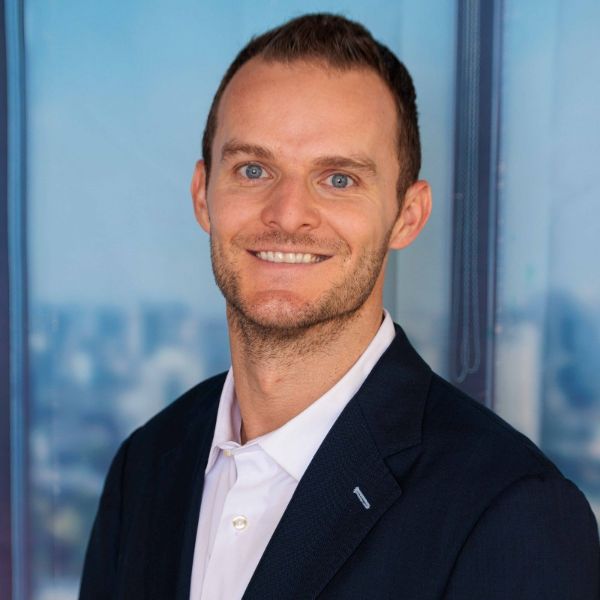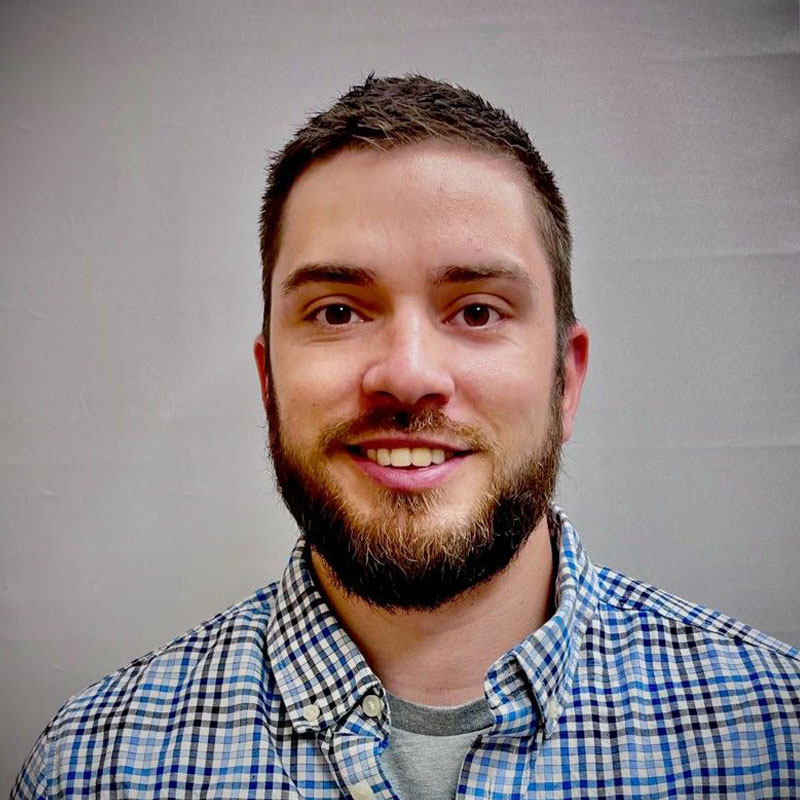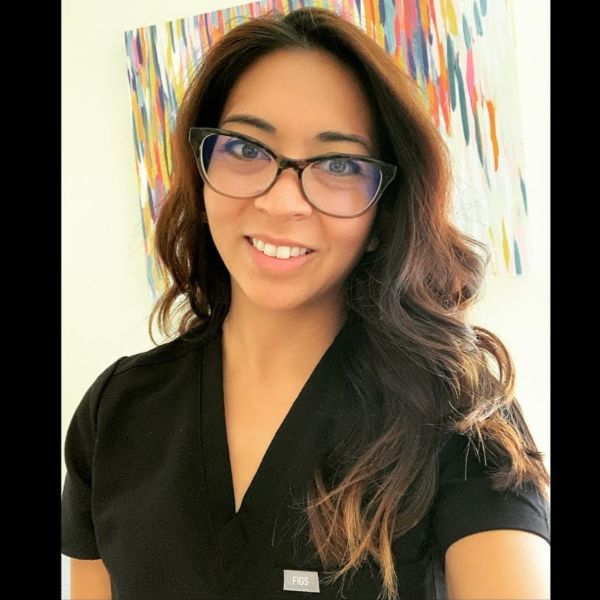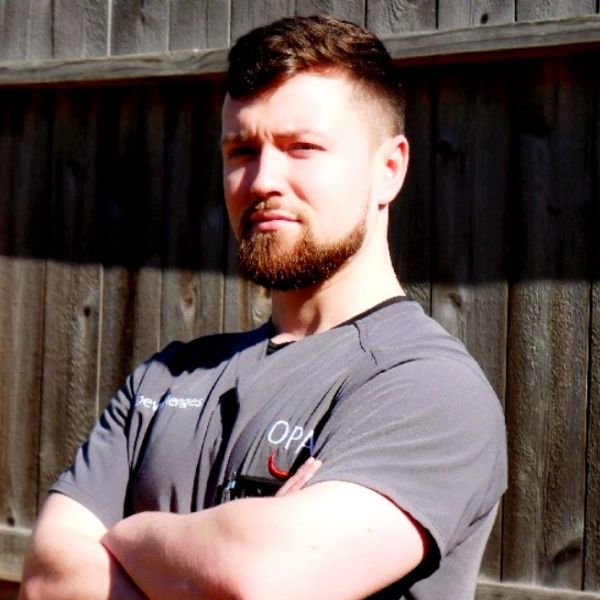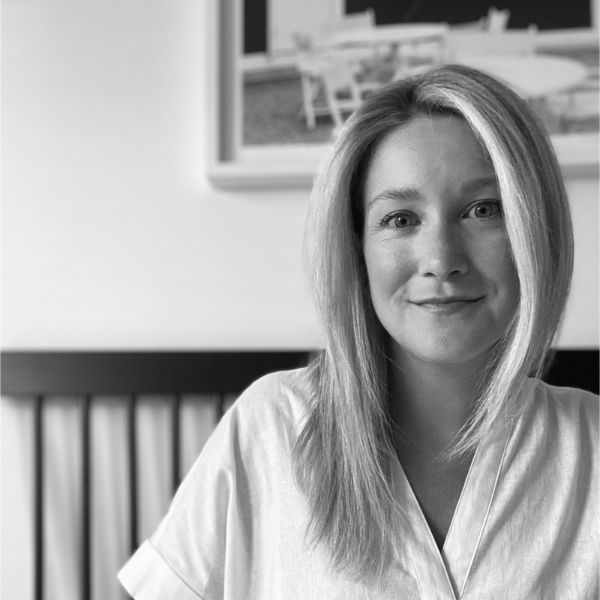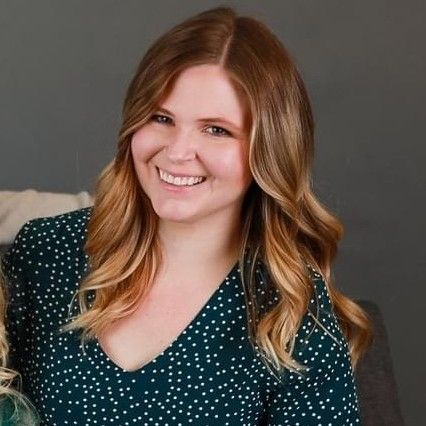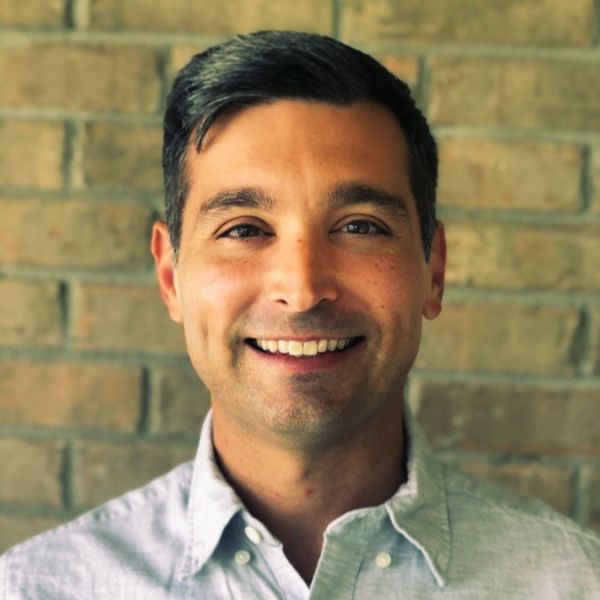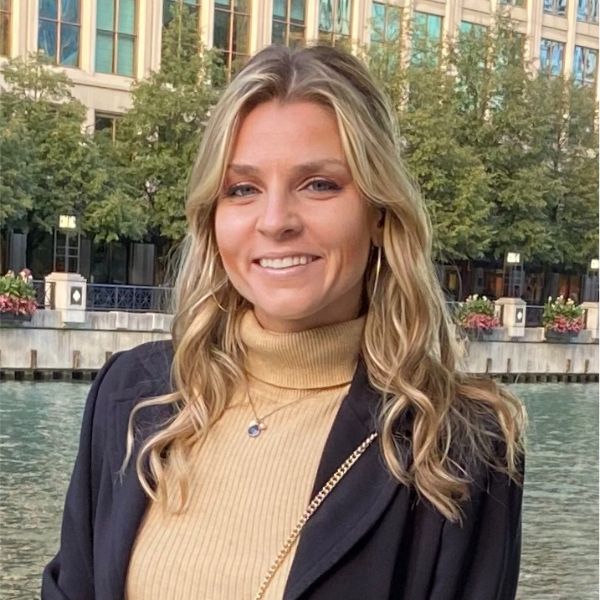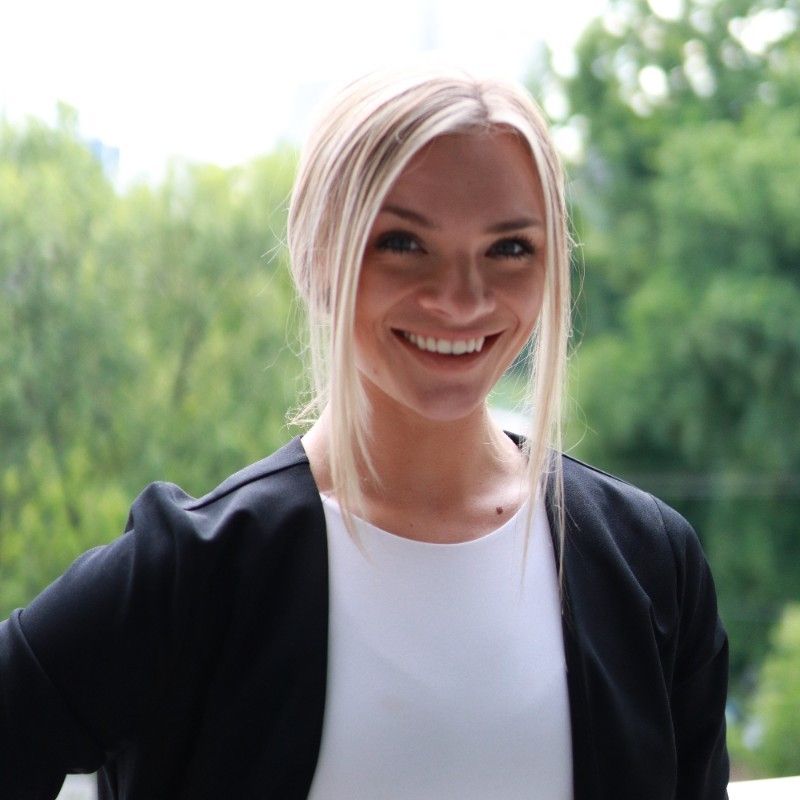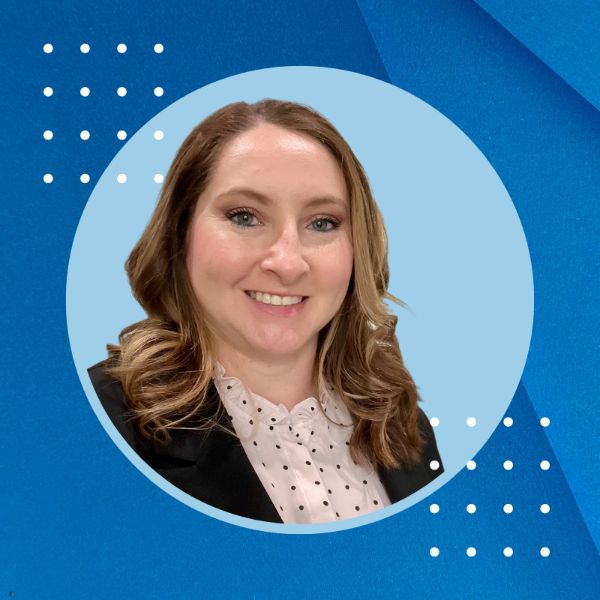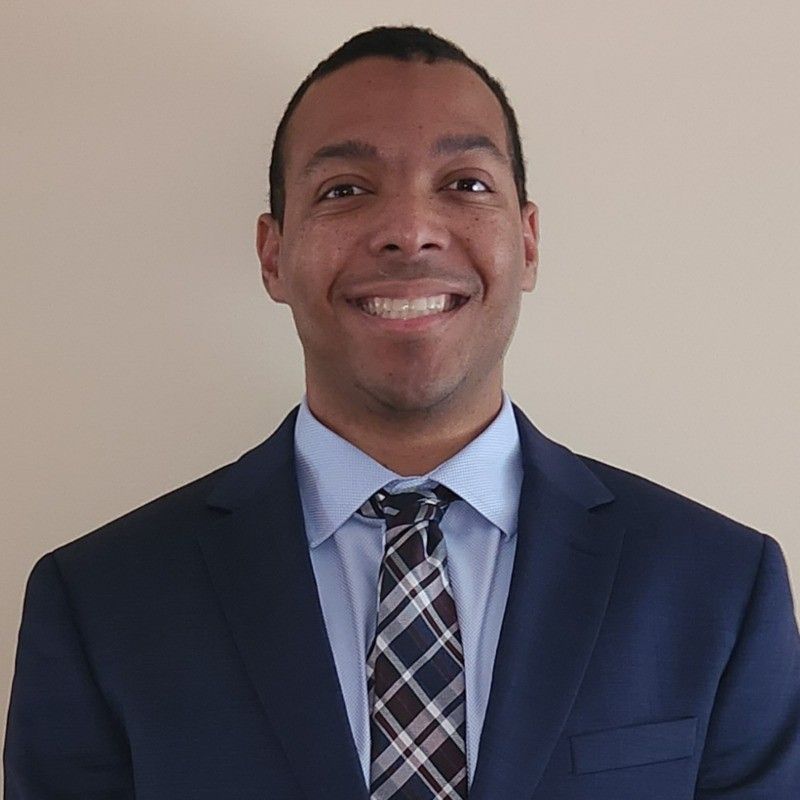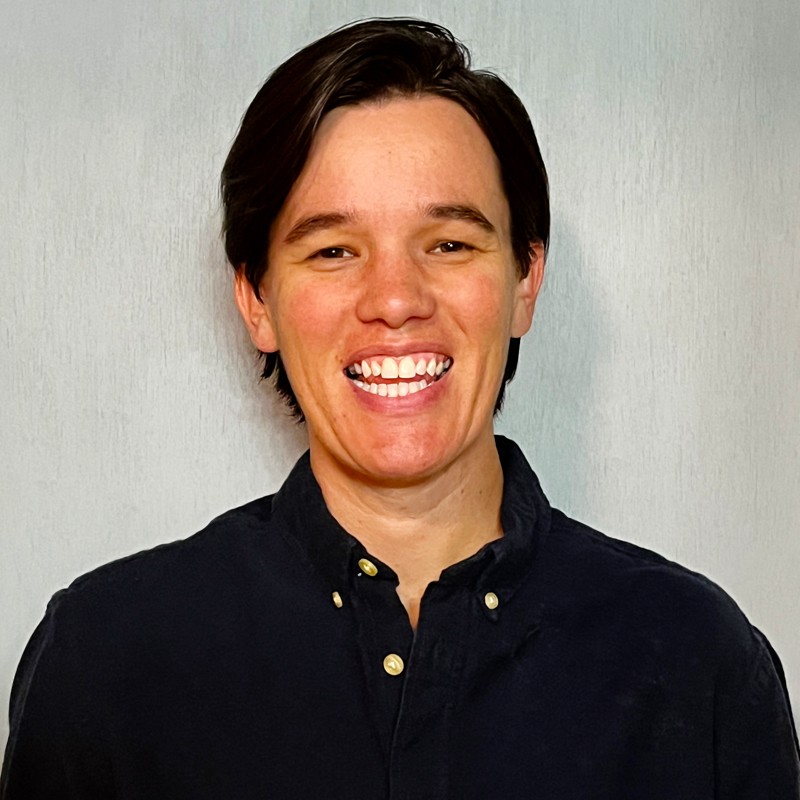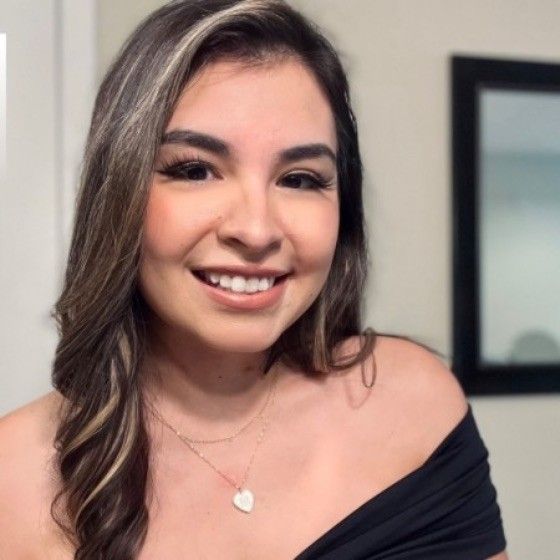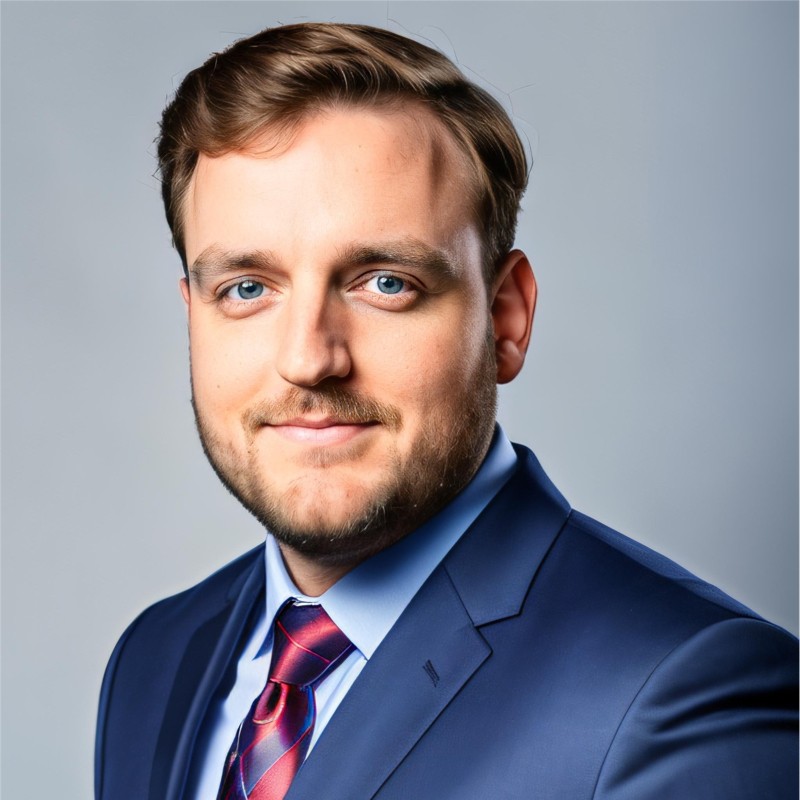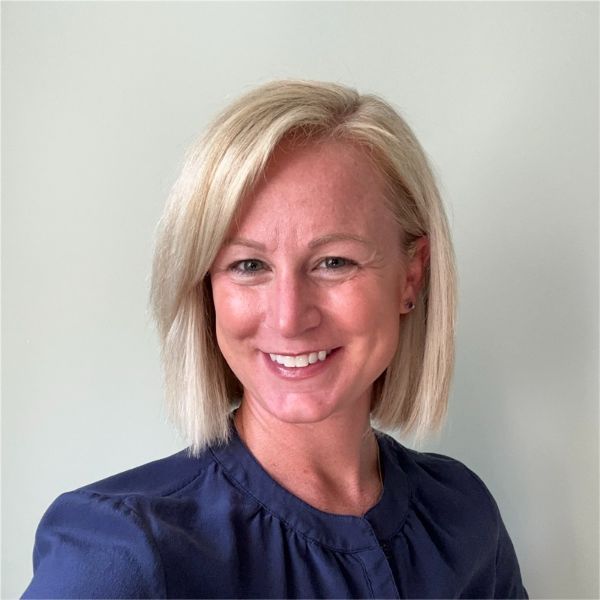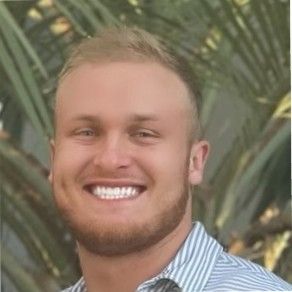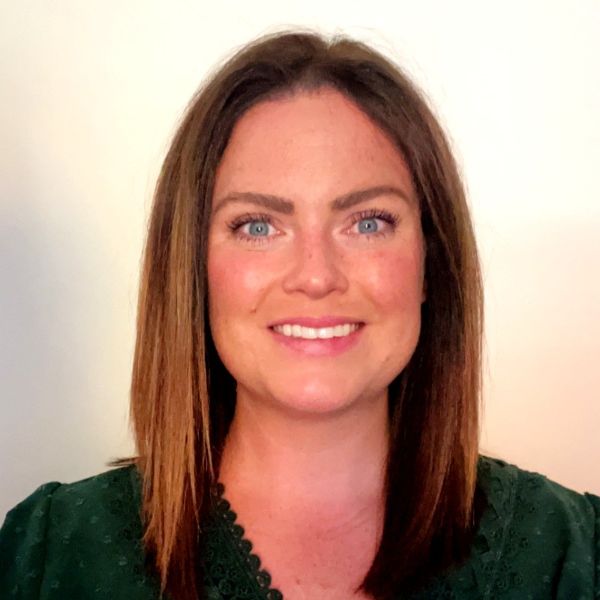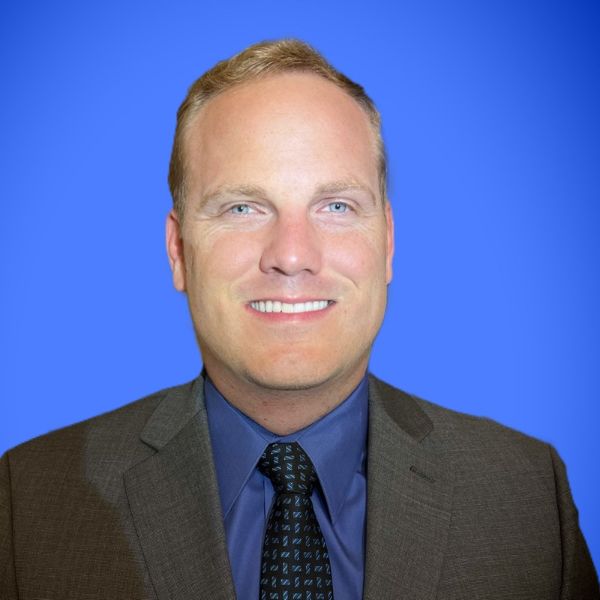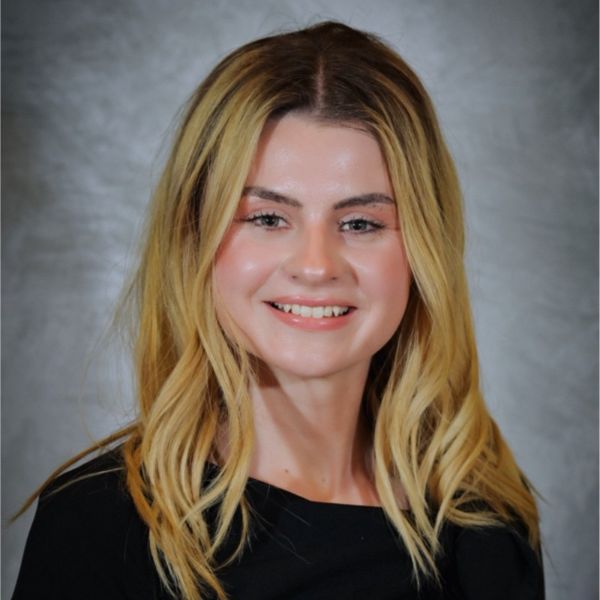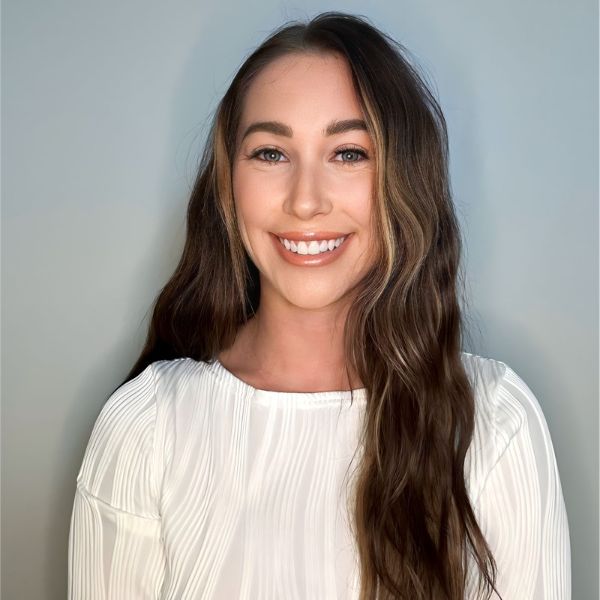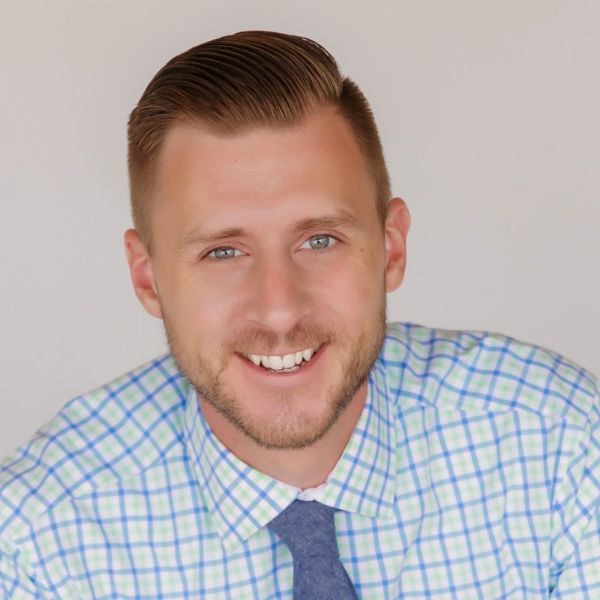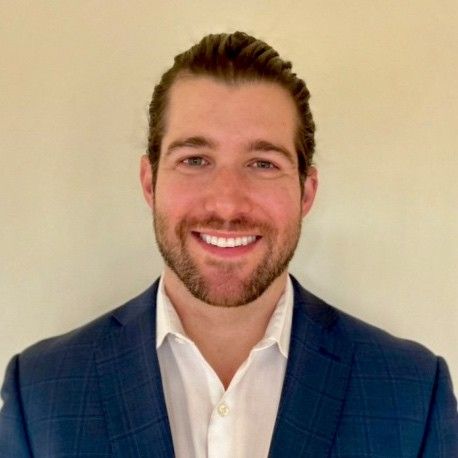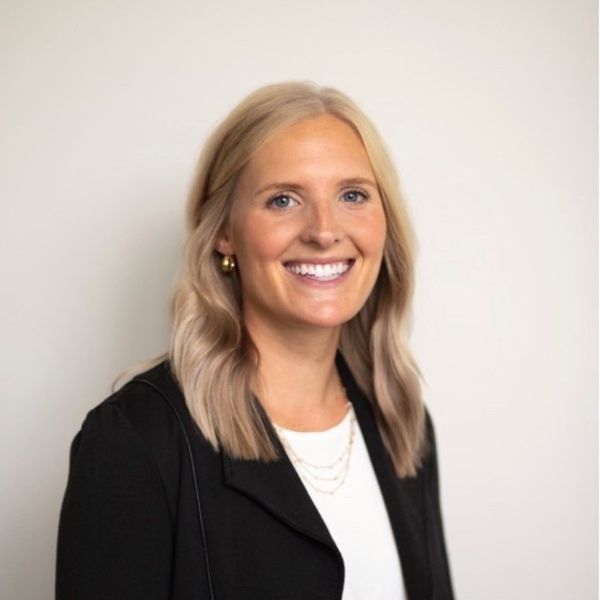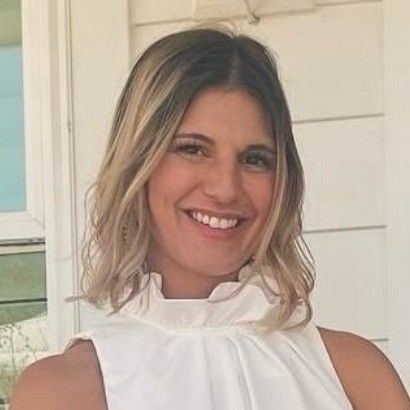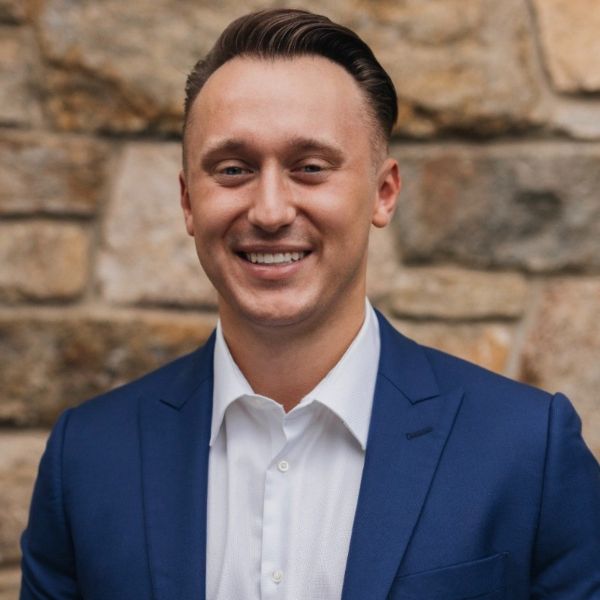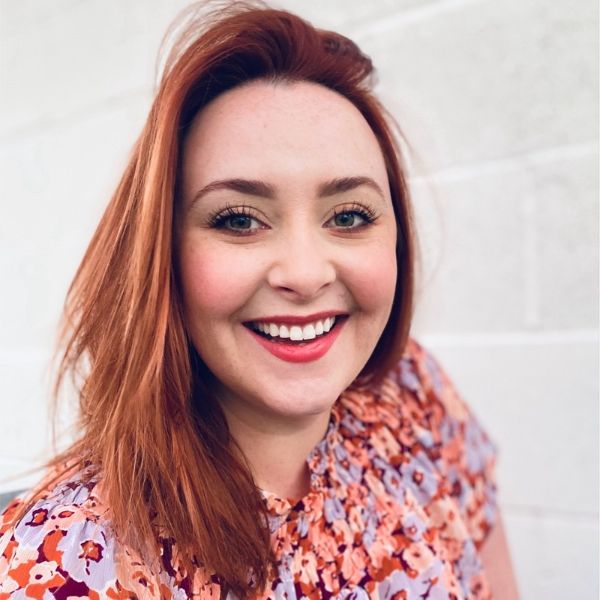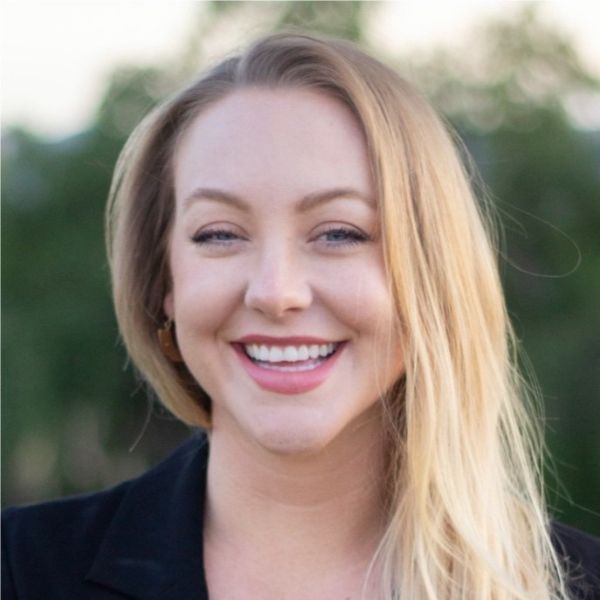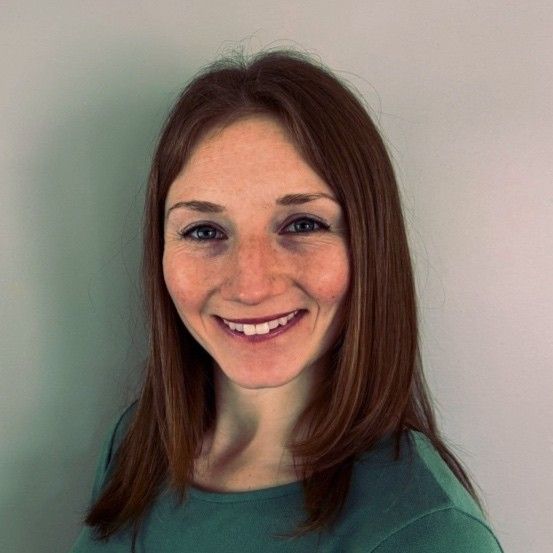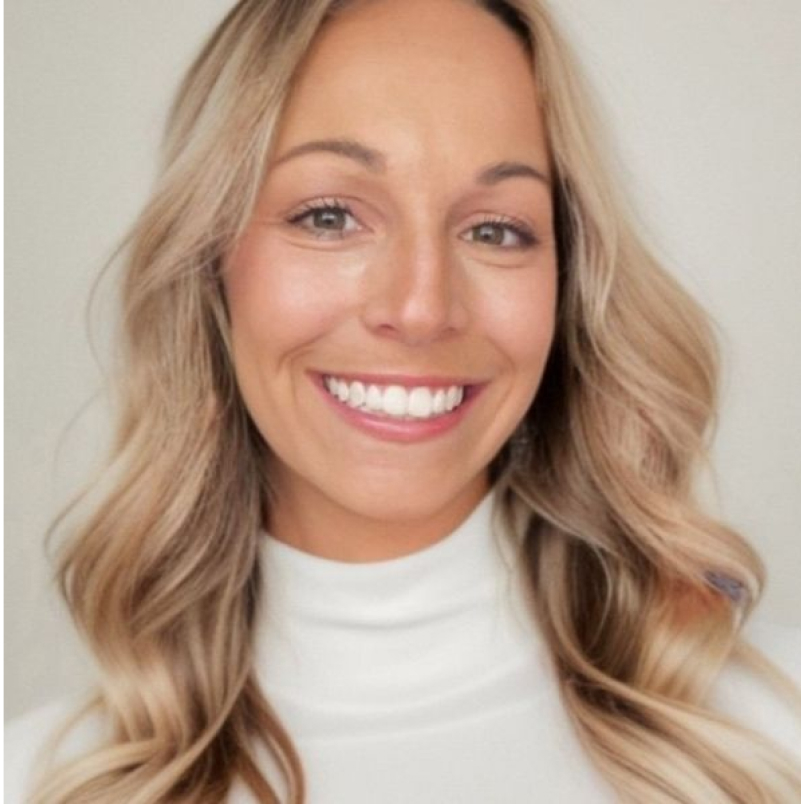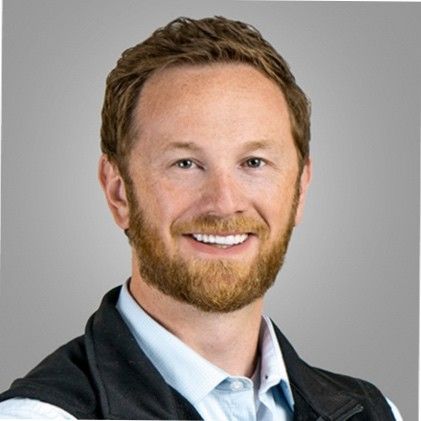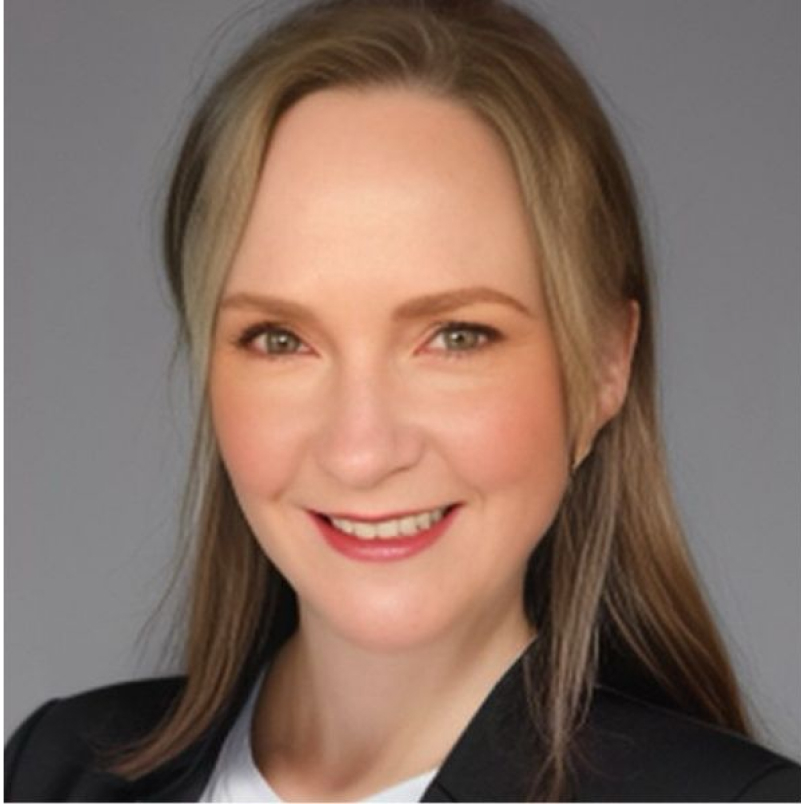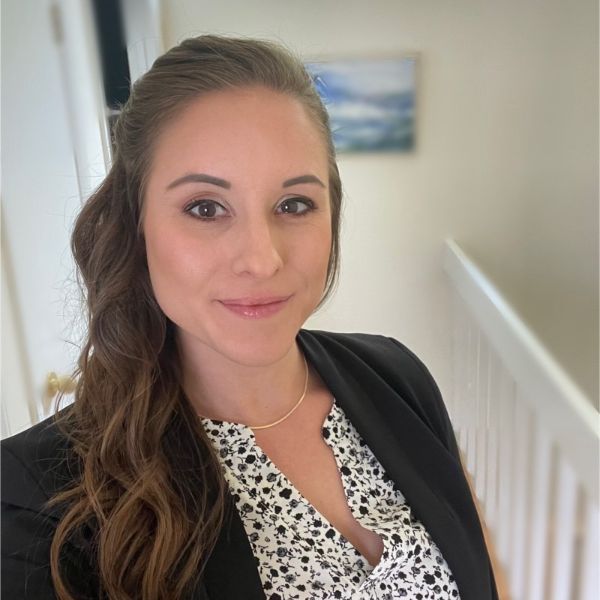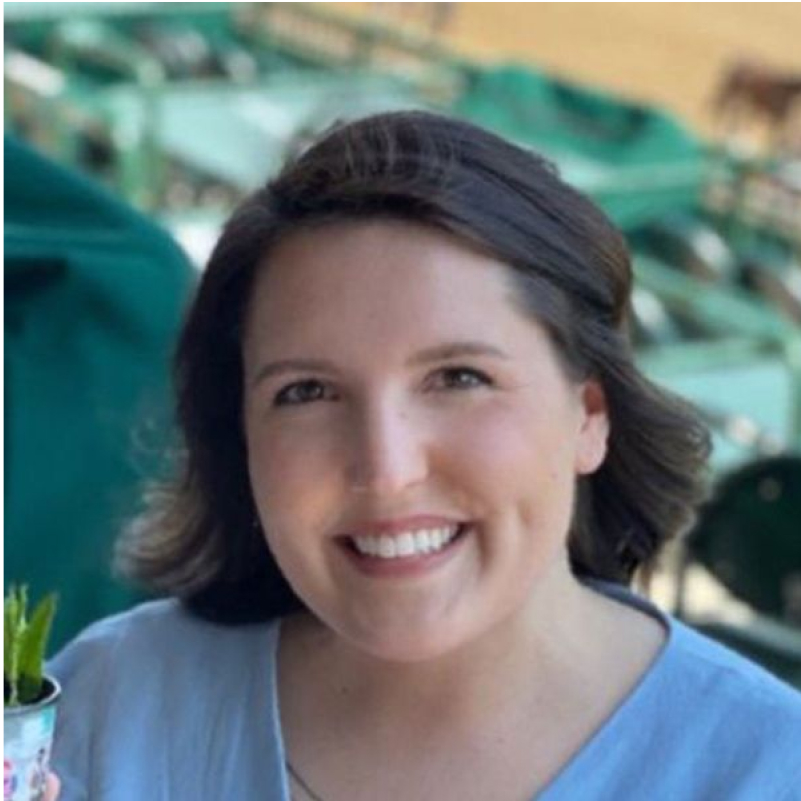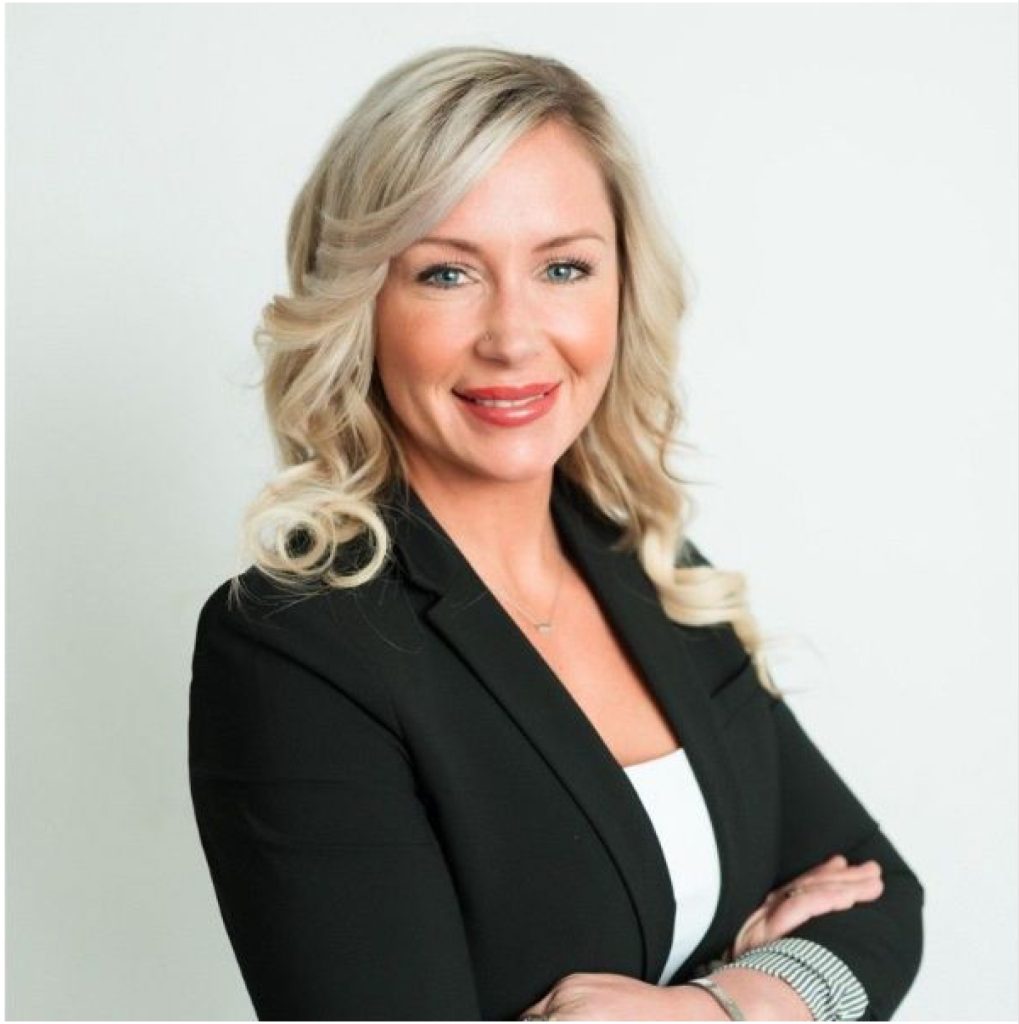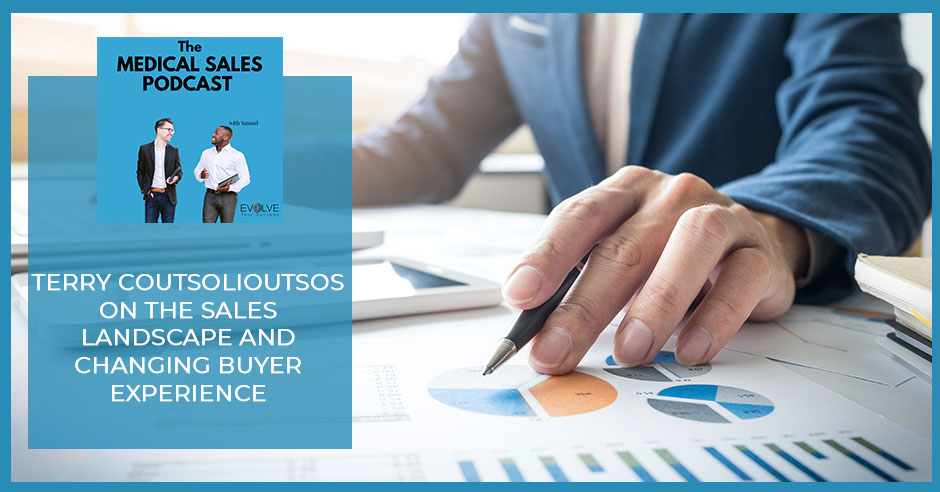
In part two of a three-part series, Samuel Gbadebo continues his interview with Terry Coutsolioutsos, SVP for Sales of Siemens Healthineers. Terry talks about his family life and the challenges imposed on it by his career, and what he does to keep his family whole and happy. Terry also talks about the shift in the sales landscape and what brought this shift about: the specter of COVID and the rise of the millennial buying force. They tackle the need for a shift in marketing techniques and why the buyer’s experience is so important. A solid follow-up to our previous episode and one that should not be missed.
—
Watch the episode here
Listen to the podcast here
Terry Coutsolioutsos On The Sales Landscape And Changing Buyer Experience
In this episode, we’re getting into part two with Terry Coutsolioutsos. We go a little bit deeper into his background then we start to have a conversation around the dynamic between buyers and sellers. There has been a shift in how service providers and manufacturers need to approach their customers. It has happened in every field and industry but it’s pronounced in the healthcare sales space, especially in the medical device sales space. The pandemic has served as a catalyst to exactly where things are headed and this is what Terry gets into. It’s going to be a nice interview. You’re going to enjoy reading it but I’m not going to give anything away. I do hope you enjoy this interview.
—
What inspired the move from Guidant?
When Boston Scientific bought Guidant, they had to sell the Stent Division to Abbott for anti-trust purposes. I was working in the Pacemaker Division at that point in time. I was part of Boston Scientific on the pacemaker side. All my colleagues that I had grown up with for the previous 7 or 8 years were with the Stent Division with Abbott. I spent about 5 or 6 years with Boston Scientific. I had a yearning to do a little bit more. One day, one of my buddies from Abbott called and said, “I like to have you take a look at coming back over here. We don’t have a role for you yet but we think we’ve got a leadership role for you once you come over and see what happens.” I did so went over to Abbott.
You have this theme in your career that people saw your value in every position. You created an opportunity where you can take a role no matter what company you went to. During this time, what was your family life? You’re a leader and very busy. You’re literally making moves from company to company. The decision-makers of senior value are bringing you into roles. What’s going on at home?
I was single in Chicago. I got married when we were in New York and was working for the first Boston Scientific acquisition company with Pfizer. I lived in Florida then got married and had a child. Being a sales professional and dedicated to your work and family is a challenging thing. When you’re carrying a bag in your home every night, it’s a lot easier and then you become a sales leader. I moved my one-year-old son and wife to California to do that marketing role. It was right after 9/11. The world was crazy then too.
My family has grown up with me in the medical device space. They’ve been patient and understanding. As I was a regional sales leader, I was home a lot more but then you start growing in your scope of responsibilities. Any regret or things that I could do differently or change about my role now versus where it was before is that when you’re a national sales leader and I’ve been a national sales leader multiple times, you’re on the road close to 200 days a year. You wake up Monday and come home Thursday or Friday, or you’re leaving Tuesday and coming home Friday. You’re also away on weekends for conferences or national sales meetings. You’ve got to get your family ready for something like that.
[bctt tweet=”Being a sales professional, being dedicated to your work, and being dedicated to your family is a really challenging thing.” via=”no”]
The one thing that I always try to do was when I was home, I was home. When I always walked in the door, I always did my best that I was done. What has been hard for people with the pandemic is they don’t have that separation of work and home anymore. It all starts feeling fuzzy where it’s all together. I can remember plenty of times when I would be sitting in my driveway still having conference calls. I’ll be on the road having calls. I wouldn’t come in the house having calls because I walk in the door and I have two little kids. My kids are grown now. My son is getting ready to be a senior in college. My daughter graduated from high school. When they’re 2, 3, 4, 5, 6 or 7, all they do is they want you when you walk in the door and you got to be ready for that.
Pick your time wisely. I workout way early in the morning like 4:30 or 5:00. It’s not invading anybody’s space. When I get home and my family is here, I like to make sure that I can give my family the 150% effort that I give my customers and company from 8:00 to 5:00 or 8:00 to 6:00. Try to do your best that when you’re at home and not doing work, put your phone away. Focus on your family the way you focus on your job. Bring that balance into it. I’ve certainly have made a lot of mistakes in traveling and not spending as much time as I wished I could have. I spend a lot of time with my kids. My son especially with golf in Junior Golfer. We did a lot of tournament travel. Turn it off when you’re at home. Give your family the same effort you give your customers and company during the day.
After Abbott Vascular, you were Divisional Vice President on National and Strategic Accounts Sales and then you went into Siemens. What inspired that last move?
It’s such a different role too. If you look at my career, it’s pretty much all sales other than those two years. You’re going to be in marketing for a couple of years in that rotational role. I carried a bag for ten years. I’m that salesperson every day of my life. Even when I was a sales leader, regional leader, area leader, national leader or strategic and corporate accounts, I’m still the salesperson carrying the bag every day. That’s where my mindset is. I had an opportunity to come to Siemens Healthineers. My boss here, I work with at Abbott. They had a unique opportunity to do something transformational here. My role didn’t exist before I got here. The Head of Marketing, Sales Operations and Communications for North America was a new role that they were beginning to look at.
Inside of the group that I had up now, there were groups and people embedded into our businesses in our sales organizations that did these things off to the side supporting those groups. We brought all these people together to create a centralized and shared service organization to support the entire North American enterprise to have consistency and a single view in language. We want it to represent ourselves to our customers as one company, one enterprise and one Siemens Healthineers versus 3 or 4 different ones. This was a good way to start that.
We came in and brought people together. We pulled them out from their original structures. We regrouped everybody into the organizations that we did years ago. It’s iterated. We’re constantly evolving. The team is resilient. As the markets and organization change, the needs and increase in new demands come up. Our team is constantly pivoting and doing things in a different way. My boss brought me, “You had an opportunity.” It was posted. I looked at it online. I said, “I would love to come over and help you with your new role here.” He was kind enough to put me in the process and I found a way to get the role.
When you think about the way you’ve been leading this entire division and you think about your leadership role in Abbott, those are different levels of leadership. What would you say the biggest differences are?

They are two very different and successful organizations. They have different foundations from a headquarter perspective. There’s a different cultural perspective. There’s a different set of mindset on how they view process and precision. They’re both successful in their own ways. I constantly am evolving myself as a leader and trying to improve each and every day and adapt to different situations. Being a leader internally is different from being a leader from a sales organization’s perspective. It’s a totally different mindset. Leading people in IT, data science and people that are more techie in nature is different than leading 150 extroverts versus a bunch of introverts.
It has been interesting to see the different styles of people and how it has made me a better leader, person, listener and collaborator. With the structure of Siemens Healthineers, it’s a multi-matrix organization. There’s a lot of complexity just by the way we’re organized on how we have to work together and support each other globally and locally from a North American perspective in all of our businesses. It has been the most rewarding and challenging opportunity I’ve ever taken on in my career.
Let’s jump to where you are now, Senior Vice President of Sales Operations. What is the biggest challenge your division is facing getting into that? What are you guys doing around it?
It’s looking at how to constantly evolve yourself as an organization. I would consider Siemens Healthineers as an organization that has 130 years in healthcare. Think about that for a second. I don’t know how many companies can say that but it’s probably less than 5 or 6 on healthcare. For sure, there are very few. I’m probably speaking for a lot of companies. When you’re successful, driving change and transformation are hard because the house isn’t burning down. Nobody is starving and everybody is still eating. Nobody is looking to say, “There’s nothing to eat in the cupboard.”
How do you constantly keep an organization moving forward? We’ve weathered COVID very well. I’m very impressed with our organization and the resiliency of our people. I know it has been a challenging couple of years for a lot of different ways but I look at it in some ways as a very positive reflection on our people as a society. It never amazes me how resilient humans are. There are a lot of people that can talk about how crappy the world has been but I look back on it and think how wonderful it is that we’re at now. We couldn’t have done it without each other.
We as a species, human and organization of people and a community have come and worked together. We’re going to come on the other side of this with some acceleration. There are a lot of ways where we should be proud of where we’re at. If you read in the newspaper clippings, reading the news or you’re on social media, there’s always a negative this or that. I’m not trying to say that there haven’t been hard things. Certainly, with all the tests that have been out there, it has been awful for people. I also think that as human species we have responded and we will continue to do that. I find our resiliency amazing.
In the division you’re in, you’re expected to drive transformational change for Siemens Healthineers. What does that look like on a good day and a bad day?
[bctt tweet=”Change happens to you, but the transformation is something that you do internally to adapt to change. ” via=”no”]
I don’t know if I’m expected to drive change. What I’m expected to do is to help position the organization to continue to be a leader in the business. Depending on what time it is, sometimes you don’t want change. Sometimes it’s better to keep it smooth and moving. Now, it’s changing. I was thinking about all these different dynamics that are creating variability in our world. This is one thing that I also believe. Change happens to you but the transformation is something that you do internally to adapt to change.
What I see is that there are a lot of variables of change. There’s COVID and it’s going to change the world forever. We have changing demographics and technology. Those are going to put a major change and stress in the healthcare workplace. If you’re a manufacturer, vendor or solution provider in healthcare and you’re trying to promote products and get people to buy your products in healthcare, you’re going to have to figure out different ways to do it because your customers are changing. I don’t know if this falls in line with healthcare but anywhere from 60% to 80% of a buyer’s process before COVID was done without the seller. That’s with technology change.
I can go back to 27 years when I was selling medical technology and it was almost 80% or 90% with the seller and the buyer together. I used to sell a device and all I had to do was to get a doctor to say yes. I go into the OR. We put some stuff in. I would go take my PO to purchase and I would get paid. Twenty years later, all of a sudden, there’s this thing called Integrated Delivery Network and VAT Committee for the Value Assessment of Technology. Now, you had to have ten people to agree on a product or formulary. The complexity of the buying cycle has changed.
There is the internet of things, social media, virtual and consultants. The buyer’s journey is done without the seller 60% to 80% of the time. That’s one part of the problem and then COVID hits. Now, 80% is done without the seller and now it’s done without the seller alive. That’s another thing. There are two dynamic things happening in the marketplace. I’ll go back to the generational demographics. Also, 70% of the workforce will be Millennials. That means 70% of the buying force is going to be Millennials. Millennials buy differently the way I buy.
Tell us a little bit about how Millennials do it compared to our generation.
I don’t want to offend anybody because I am not a Millennial but I can tell you what Gartner, Forrester, Bain & Company, Accenture and a lot of very intelligent organizations are telling me. Millennials want to buy on their own terms and do their own research. They do want to engage a seller but they want to engage a seller when it comes time to ask questions. They want an authentic seller and somebody that can be a consultant. They don’t want a seller. They want somebody who is going to help them on their buying journey, create a good buying experience and be informational when they need it. Also, when they’re not with the human seller, they need information the way they want it. If they can’t find it on the phone, we’re all in trouble. If it’s not on the phone, a Millennial is not going to engage. I’m sorry. It’s not going to happen.
This is a business-to-business perspective. It’s not B2C. It’s not buying a pair of tennis shoes data. This is the business. On average, 43% of all buyers do not want a seller at all. They want zero-seller involvement. This is from Gartner. I’m not making this stuff up. The one that was surprising me was 20% of all Gen X-ers don’t want a seller involved at all. Fifty-four percent of Millennials don’t want a seller. When they do want a seller, they want a seller there to just ask questions. There are other things too. They will ask friends and family what they think. The brand is important to them. Price is not that as important as other things as the brand. They want it easy. If you can buy a couch on Wayfair in three minutes, the B2C model is setting such a high bar for B2C. You cannot create frustration on a B2B that they don’t have on B2C. You’ve got to be B2C-capable in a B2B environment or you won’t win down the road. That’s Terry’s personal opinion.

I set up a rotation to buy dog food every month. I don’t even have to buy it anymore. It’s auto. I’m on subscription. You want to go outfit a living room. You can take a picture of the living room. You can hit a button and wait for it. It will tell you, “Here’s what we suggest.” It will put in your cart for you. You can hit a button and buy it. You can furnish the whole thing decoratively in ten minutes. They used to take 4 or 5 weeks to do and you can narrow it down to a ten-minute exercise if you want it that simple. I believe in the B2B environment that those same standards are going to exist. If you can’t operate that way, it’s going to be a big challenge. B2B products and solutions are more complicated than buying a blender, a pair of tennis shoes or a pair of shorts. Think about it. If you know a company like Stitch, they will send you an outfit like shoes, a belt and the whole thing. You hit a button and you style it like that.
It sounds like what you’re saying is for the future of B2B, a business needs to already know what the customized solutions might be, and have some type of platform that allows the customer to run through that without the interaction of a sales rep. Traditionally, the sales rep would walk them through whatever the customers might lead.
Definitely yes, but in healthcare, I don’t know how can the solutions are. There’s human variability. Healthcare is not the same. A pair of tennis shoes don’t work. If you don’t like the red tie from Stitch, nobody is going to die or lose an eye. The consequences aren’t the same. I do think the buyer understands that too. They understand there’s a different consequence. Psychologically, what I’m trying to say is that the buyer’s mindset is built upon simplicity, ease of use and great experience. Whatever we’re doing on the healthcare side needs to keep in mind that experience and ease of use are important.
For example, buying a car. You can go and configure your car. You can pick your color, leather and engine. You can pick two-wheel, all-wheel, front-wheel, matte, glossy, with built-in nav, without nav, cloth, leather or super leather. You can go in and do all that. Our customers want that same type of interaction with our stuff. I know we’re moving towards a direction where you can take a picture, put your room together, go build an MRI in your room, pick all the bells and whistles that you want on it, create those experiences and what types of procedures. We’re doing digital twins of hospitals like, “Here’s your existing workflow for a certain patient pathway.” On the other side, you can say, “What if?” You go, “Let’s build a different workflow or pathway.”
You can create artificial experiences that allow you to experiment with workflow, patient care and all those things that allow the buyer to modify and self-solution along the way. We’re getting smarter. The data is out there, how we use the data, machine learning and artificial intelligence to help us. We’re on the way there. At least in healthcare, we’re at the very tip of the iceberg. With more time, experience, technology and 5G coming, the capability will continue to expand. It’s all about that experience but you need that variability too. I don’t think it’s going to be door 1, 2 or 3 and that’s it. Healthcare is going to be different.
That’s the thing. You still need that sales rep because of that variability live or online. This is what we’re talking about in healthcare.
I totally agree. I’m not saying you’re going to have sales robots. That’s not going to happen. I believe in the human. I do think that how sales and marketing in healthcare, their roles are going to change and become a lot more congruent. It used to be, “Here’s the marketing vertical and the sales vertical.” We try to get them to work together. Marketing has taken on a bigger role because as buyers, we are spending less time with sellers, whereas they’re spending time on the internet. That’s what marketing is. In healthcare, things are going to change there too like in the tech space. Software companies have done a phenomenal job of using what I call sales development or business development role.
[bctt tweet=”You’ve got to be B2C capable in a B2B environment, or you won’t win down the road.” via=”no”]
I’ve got a great appreciation for working with some of our tech partners that they have in this role. They engage you from a marketing perspective online or in social channels, “Here’s our solution.” When you say, “I’m interested” and I clicked into it, done some reading or downloaded a white paper, then they have somebody who is behind the scenes nurturing me either with continued digital engagement or maybe somebody picking up a phone and saying, “I’ve seen you’ve read 2 or 3 of our papers. What do you think?” They had this business development or the sales development role that’s nurturing that demand generation and then getting it ready to hand over to an account executive to become that more alive, engaged solution consultant.
If you want to look at what Millennials are looking for, they want somebody who is going to help them buy something that they need. That’s all evolving and that’s where I’m looking at in the next years. As medical technology, device manufacturers and solution providers, how do we create a valuable buying experience? We’re talking about the seller buying experience. You and I haven’t even gotten into the ownership experience yet because there’s a buy and there’s an own piece. The other side of this thing too is I told you that buyers are spending less time with sellers. What’s also increasing is the buyer’s regret. It has gone up 2X. That’s why we need to think about that customer experience piece, which tech has spent a lot of investment on. They have customer experience teams. Things are evolving. Millennials are all about the experience.
—
That was Terry Coutsolioutsos. Millennials are all about the experience. I’m a Millennial on the higher end, closer to the Gen X-er. I would have to agree that it is about the experience. I do believe that everyone is leaning towards that. The Millennials drove it and Terry goes deep into that but it’s something that we all want to experience. We all want an amazing experience. We don’t want to feel like we’re being sold to. We want the right questions answered and our immediate needs addressed. We want to feel like whatever we’re about to get into, purchase or invest in is a true solution to what’s going on with us. This was excellent. This is not the end of it. There is a part three. That is the last segment with Terry Coutsolioutsos. We’re going to dive even a bit deeper into the data and all the insights that Terry has around this entire dynamic. Make sure you read the next episode to get that.
If you’re someone out there that’s looking for a solution, you’re thinking about this industry, want to be a part of it, want to get involved in the medical device sales world or the pharmaceutical sales world or any healthcare sales-related role, maybe you’ve been spending time online, submitting to every place you can find, or trying to go into interview after interview and not getting the traction or not even getting into the 2nd or 3rd round, then you need to have a discussion with us because we do have vetted solutions that are working for people. You can find us at EvolveYourSuccess.com and select Attain a Medical Sales Role. You can find me on LinkedIn under Samuel Adeyinka, send a connection request or reach out to us. I or a client specialist will get in contact with you and we’ll have a discussion about where you are and how we can help.
If you’re in the sales role and you’re looking for a way to improve your performance, access customers, manage your territory or it’s a career move that you’re trying to make and things have not been sinking up the way you need them to, then reach out to us and select Improve Sales Performance. Get in contact with us and someone will reach out to you. One of our client specialists will have a discussion and we’ll help you get to where you want to go. As always, we do what we can to bring you great, amazing guests doing fantastic things out there in the world with great insights into how the industry works, what they experience, what their roles are, and where they’re taking things. Thank you for reading. Make sure you tune in next week for another episode of the show.
Important Links:
- Gartner
- Terry Coutsolioutsos – LinkedIn
- Samuel Adeyinka – LinkedIn
About Terry Coutsolioutsos
 Transformational sales, marketing, and sales operations leader.
Transformational sales, marketing, and sales operations leader.
Key Experiences: Regional, Area/Zone and National Field Sales Leadership, Enterprise Wide Strategic Accounts Leadership, and North American leader of Marketing, Sales Operations, and Communications.
Specialties: Revenue development and generation, strategic business planning, sales execution, CRM and Tech Stack Execution (Design, Development, and Adoption), digital and sales process transformation, sales education and skill development, empathetic and accountable leadership, talent acquisition and development, pricing and contract negotiations, organizational effectiveness (structure and alignment), and Winning Sales Culture initiatives.
Love the show? Subscribe, rate, review, and share!
